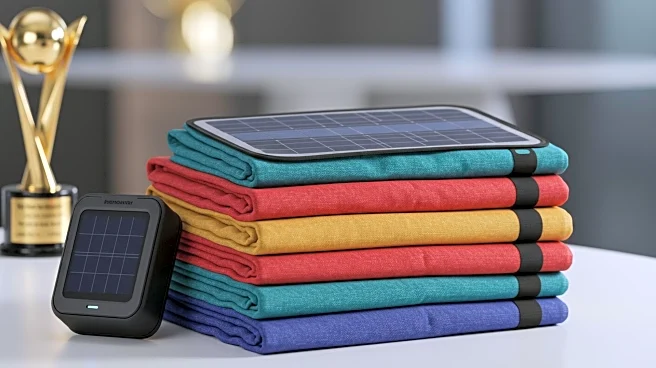Rapid Read • 7 min read
Rebecca Young, a 12-year-old student from Scotland, has been recognized as 'Girl of the Year' by TIME Magazine for her invention of a solar-powered heated blanket designed to assist homeless individuals. The invention emerged from the Primary Engineer MacRobert Medal competition, where Young's design was selected from 70,000 entries. The blanket, integrated into a backpack, is powered by solar energy, providing warmth without the need for electrical outlets. Young's design includes a control circuit that conserves battery life by alternating the blanket's power based on temperature readings. With support from engineering firm Thales, 30 prototypes have been manufactured and distributed to a homeless shelter in Glasgow, with plans for 120 more.
AD
Young's invention addresses a critical need for warmth among homeless populations, showcasing how innovative solutions can emerge from empathy and creativity. The project highlights the potential of young minds in contributing to social issues and the importance of STEM education in fostering problem-solving skills. The recognition by TIME Magazine underscores the impact of youth-led initiatives and could inspire other young individuals to pursue engineering and social entrepreneurship. The solar-powered blanket represents a sustainable approach to addressing homelessness, aligning with broader efforts to integrate renewable energy into humanitarian solutions.
The success of Young's project may lead to further collaborations with engineering firms and non-profit organizations to expand the distribution of the solar-powered blankets. As awareness of the invention grows, there could be increased interest in scaling production and exploring additional applications for the technology. Young's achievement may also encourage educational institutions to support similar initiatives, fostering a new generation of socially conscious engineers. The project could serve as a model for integrating sustainability into humanitarian aid, prompting discussions on how technology can be leveraged to address global challenges.
AD
More Stories You Might Enjoy











